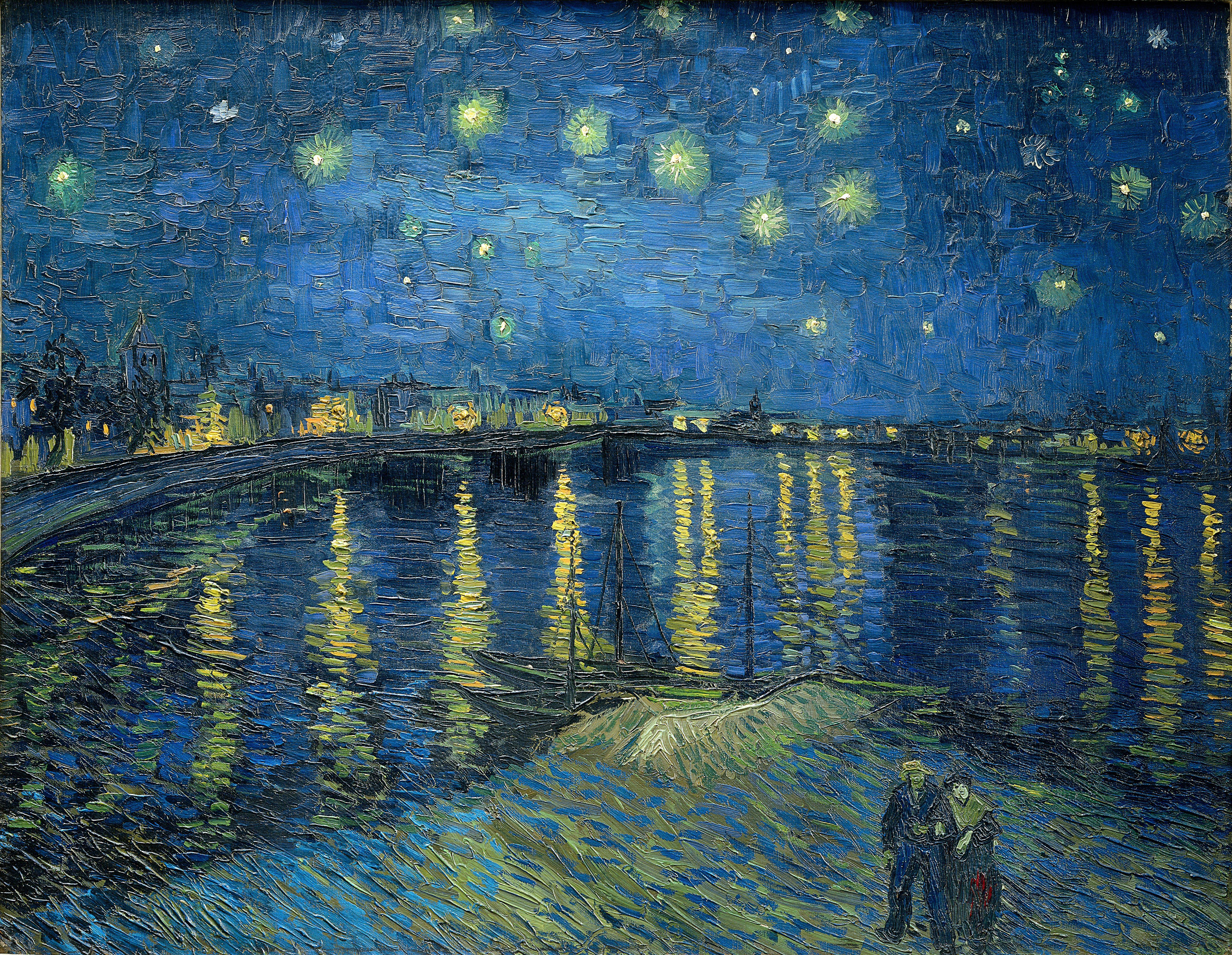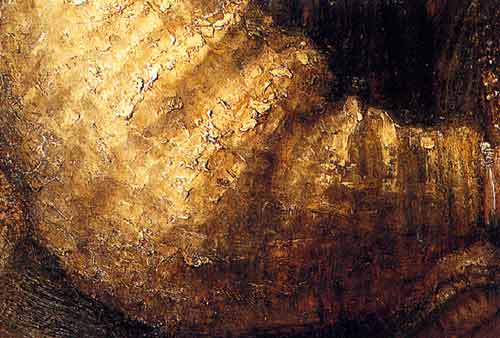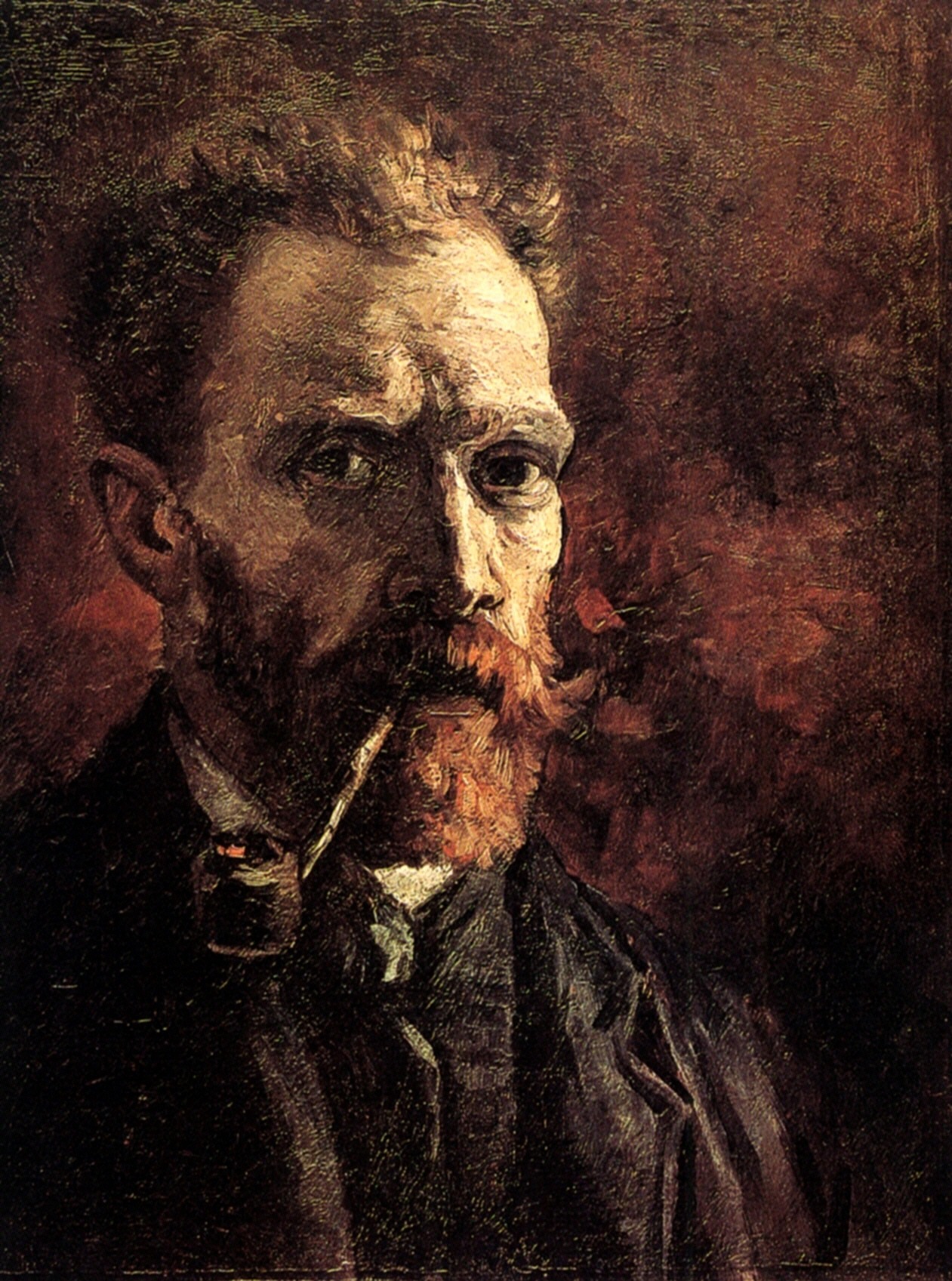“Rembrandt or Van Gogh?” That is the question
Do you know these paint brands?
Have you seen these brands in a shop, but are not sure if they are suitable for your work? Or perhaps you wanted to paint as if you were a Dutch Master, or Vincent Van Gogh himself?
Curious what’s the difference between professional and student quality paint?
Keep reading and get to know why it is so accurate to name the brands after these two particular painters, and why you should probably try them yourself.
Rembrandt van Rijn
Everyone thinks about dark, soothing colours and grandiose scenes when they hear the name Rembrandt. No wonder then, that Royal Talens based their professional artist quality brand for artist materials on the Dutch Master’s practice – and now you’re about to find out why,
Why use The Royal Talens Rembrandt brand?
The Colours;
Big range of colours (120), traditional, deep and very strong.
Pigments:
The pigments are ground very fine, containing the highest concentration possible, thus good for creating smooth surfaces and blending colours.
Very pure colours, 56 made of only one pigment
Lightfastness:
Highest degree possible (+100) years under museum lighting conditions).
Opacity:
make sure to check the little square signs on the tube; they indicate the opacity from transparent (white) to opaque (black).
the Rembrandt oils have:
25 Transparent colours
20 semi-transparent
35 semi-opaque
40 opaque colours
Available sizes:
- 15ml tube: 120 colours
- 40ml tube: 120 colours
- 60ml tube: 5 whites
- 150ml tube: 25 colours and 5 whites
Rembrandt’s colour palette:
- Yellow ochre
- Umber – The best is probably a mix of Raw Umber and Burnt Umber
- Lead Tin Yellow – used until the 18th century. The closest is possibly the mix of Cadmium Yellow Lemon and Transparent Yellow Green.
- Azurite – the closest colour is Phthalo Blue
- Smalt (Cobalt blue)
- Carmine Lake
- Malachite – Closes possible colour is Ultramarine Green
- Bone Black (or Ivory black)
- Lead White – Unfortunately, because of the poisonous pigment it’s not manufactured by the series. It’s supposed to be the warmest tone white paint. Alternatively the same results can be achieved with the mix of Titanium White and Zinc White (to reduce the opaqueness of the Titanium) mixed with a bit of Naples Red to achieve the desired effect.
- Vermillion
- Ultramarine
- Naples Yellow
Rembrandt’s Painting Technique:
Impasto is a technique when thick layers of paint are put on the surface of the painting in order to create visible brush or knife strokes. The word originates from the Italian verb impastere (“to put in paste”)
In his paintings, Rembrandt used this technique to enhance the effect of wrinkled and detailed fabrics, jewellery, or to give highlights a more prominent look.
(Note that only acrylics and oils are suitable for this technique because of the high density of pigments.)
Vincent Van Gogh
Van Gogh is known for his unique colour use and neurotic lines which made his works stand out of the ‘regular’ impressionist style. He wasn’t appreciated in his lifetime, but now his name has come to represent the ‘student quality’ (although in some countries it is considered so good that it is artist quality) paint brand made by Royal Talens. And not by accident!
Why Use Royal Talens Van Gogh oil paint?
Colours:
Less colour shades than Rembrandt (66), but they produce a more “modern” range, in 2 price series, the result being a student quality price with an artist quality colour choice.
Pigments:
High level, finely ground pigments (not as fine as Rembrandt) fantastic for keeping brushstrokes visible.
33 pure colours made of only one pigment
Lightfastness:
High level, excellent in keeping the colour over a long period of time (75- 100) years under museum conditions).
Opacity:
Make sure to check the little square signs on the tube; they indicate the opacity from transparent (white) to opaque (black).
Van Gogh oils have:
14 transparent colours
10 semi-transparent
19 semi-opaque
23 opaque colours
Available sizes:
- 20ml tubes: 66 colours
- 40ml tube: 66 colours
- 60ml tubes: 66 colours
- 200ml tube: 55 colours
- 500ml tin: 16 colours
Early Works:
Van Gogh’s early works clearly show the resemblance to traditional Dutch painting: dark, earthly brown tones – probably influenced by his tutor, Anton Mauve – were more characteristic of Rembrandt perhaps than the light colour palette of late 1800’s popular Impressionists.
(Post)Impressionism

Starry Night Over The Rhone Arles (1888)
However, after a while Van Gogh’s palette indeed went through a radical change as he allowed the popular style of the age influence his work – he switched the dark colours to that of impressionist ones: this meant that he no longer used browns, blacks and greys, but instead worked with richer brighter colours characteristic of the Impressionist style. They tried to capture the colour of their subject in natural light, using colours directly out of the tube, creating such an effect that the different pure colours next to each other would show a mixed effect on the canvas. This is particularly prominent in Van Gogh’s later – and most popular – paintings.

Self-portrait (1887-1888)
Whats was Van Gogh’s colour palette?
- Naples yellow
- Zinc/Lemon Yellow
- Chrome Yellow
- Vandyck brown
- Vermillion
- Cochineal lake (Carmine)
- Madder lake
- Cobalt Blue
- Prussian Blue
- French Ultramarine
- Cerulean Blue
- Viridian Green
- Emerald Green
- Black
- White
So, whats it going to be, Rembrandt or Van Gogh?
All in all, it seems that there is not much of a difference between so-called artist quality and student quality paints. Like most things in life, it is the subtle differences that can make big differences. Perhaps the most important thought that counts is how you use the paints and knowing exactly what you’re looking for in terms of colours and pigment fineness.
What is also important to note that while many popular brands now manufacture their paints in China, The Royal Talens brands keep up the quality by making their paints in The Netherlands. Therefore, it seems that even if you are looking for either student or professional quality, Van Gogh and Rembrandt are a good choice with their wide range of colours and high quality products.
Speaking from personal experience, the Van Gogh oils are easy to mix, have a nice consistency and brilliant colour range. The best thing is, you really get what you expect, so no more disappointment when buying a nice tube of supposedly ‘Mars violet’ that turns out to be pinkish purple…
I would recommend Van Gogh for fellow art students because of the good quality and affordable price! And what can I say about Rembrandt? Well, having had the chance to get a taste of what a professional paint is like, I do want more – you have to try it in order to fully understand!
Perhaps, get some as a holiday present, or just simply treat yourself because you deserve it!
If this brief introduction of the artists and their techniques made you interested, keep your eyes on the blog to learn more about them in the future!
References:
http://www.webexhibits.org/pigments/
http://www.artyfactory.com/art_appreciation/portraits/van_gogh.htm
http://www.vangoghreproductions.com/art-techniques/palette.html
http://www.webexhibits.org/pigments/intro/renaissance.html







